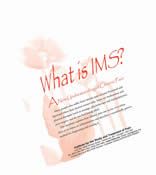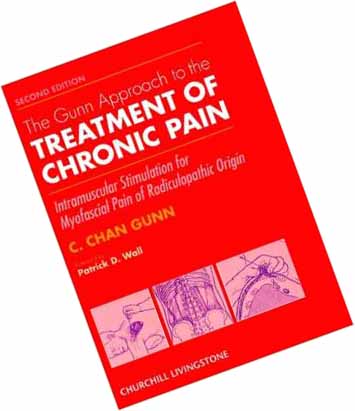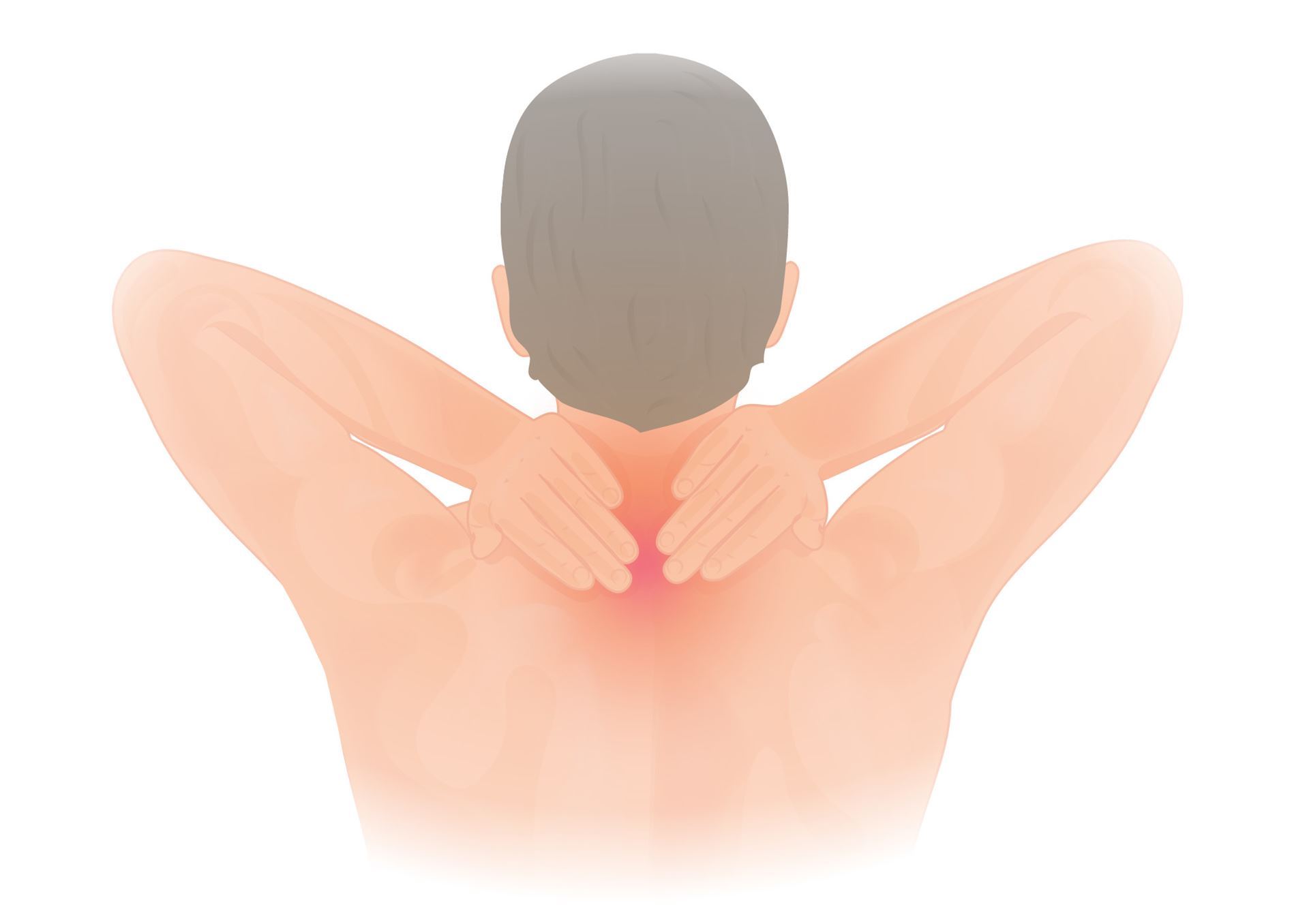-
-
-
-
-
What is Intramuscular Stimulation (IMS)?
-
-
-
-
-
-
-
-
The Institute for the Study and Treatment of PainiSTOP's role is transitioning to UBC Gunn IMS Program – Faculty of Medicine https://www.gunnims.com/ |
If you are experiencing an URGENT Medical
Emergency
9-1-1 Telephone immediately 8-1-1 Nurse Hotline (if you are seeking Non-Urgent Medical Guidance) | T-9-1-1 Send a TEXT message if you are registered as part of the deaf, deafened, hard of hearing or speech impaired (DHHSI) community in Canada |
- Member Directory
- Patient Information
- What is IMS?
- What is Intramuscular Stimulation (IMS)?
What is Intramuscular Stimulation (IMS)?
- Intramuscular Stimulation is a total system for the diagnosis and treatment of myofascial pain syndromes (chronic pain conditions that occur in the musculoskeletal system when there is no obvious sign of injury or inflammation) .
- IMS explains this large category of pain in a new way. Instead of presuming pain to be signals of tissue injury, IMS blames pain on unwell nerves (when there is disturbed function and super sensitivity in the peripheral nervous system" denervation supersensitivity"). This model of pain was first described by Dr. Chan Gunn.
- This malfunction of the peripheral nervous system is called neuropathy, and pain is just one possible although not inevitable downstream product of the neuropathy. Dr. C. Chan Gunn, Founder, Gunn IMS
- Neuropathic pain cannot be operated on and cut away; painkillers and other analgesic pills only mask the pain (often poorly) and promote toxicity, compounding the problem.
How Does IMS Work?
- IMS is grounded in western medical science, and it applies a fundamental physiologic principle-Cannon and Rosenblueth 's law of denervation-to explain the supersensitivity that occurs with peripheral neuropathy.
- It was developed by Dr. Gunn while he was a physician at the Worker's Compensation Board of British Columbia in the 1970s, where he investigated the large number of mysteriously stubborn cases after frustration with the ineffective modalities at his disposal.
- The treatment, which utilizes fine sol id needles that are designed to penetrate deep within muscle tissue, specifically targets injured muscles that have contracted and become shortened from distress.
- I MS relies heavily on a thorough physical examination of the patient by a competent practitioner, trained to recognize the physical signs of neuropathic pain. This physical examination is indispensable since chronic pain is often neurological as opposed to structural and, therefore, invisible to expensive X-rays, MRI tests, bone and CT scans. Failure to recog~ize these signs will result in an inaccurate diagnosis and, thus, a poor starting point for physical therapy.
- The treatment involves dry needling of affected areas of the body without injecting any substance. The needle sites are at the epicenter of taut, tender muscle bands. These taut muscle bands develop because the peripheral nerve that supplies the muscle has become irritated and supersensitive.
- Penetration of a normal muscle is painless. However, a shortened, supersensitive muscle will "grasp" the needle in what can be described as a cramping sensation. The result is threefold:
1. A stretch receptor in the muscle is stimulated, producing a reflex relaxation (lengthening).
2. The needle also causes a small injury that draws blood to the area, initiating the natural healing process.
3. The treatment creates an electrical potential in the muscle to make the nerve function normally again.
- The needle used in IMS, essentially becomes a specific and unique tool for the diagnosis of myofascial pain of neuropathic origin.
- The goal of treatment is to release muscle shortening and desensitize the sensitized nervous system. In desensitizing the sensitized nervous system, I MS, in effect, treats the underlying neuropathic condition that causes the pain.
- When competently performed, IMS has a remarkable success rate, as proven by the amelioration of symptoms and signs, even for chronic back pain with root signs.
For more information visit
ubcgunnims
Source: UBC Leaflet - SEO - Google Crawl
 |  |

%20jpg.jpg)

